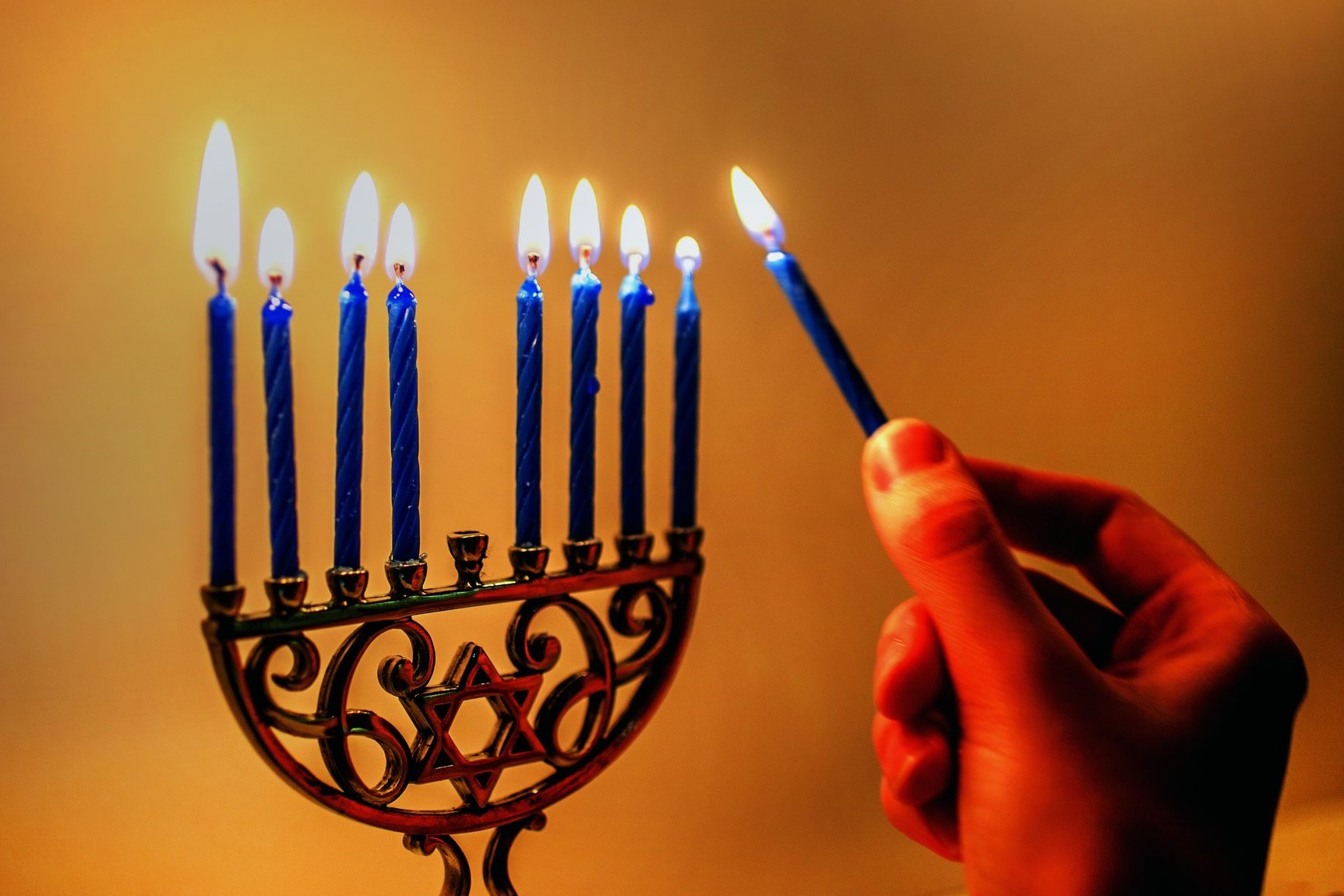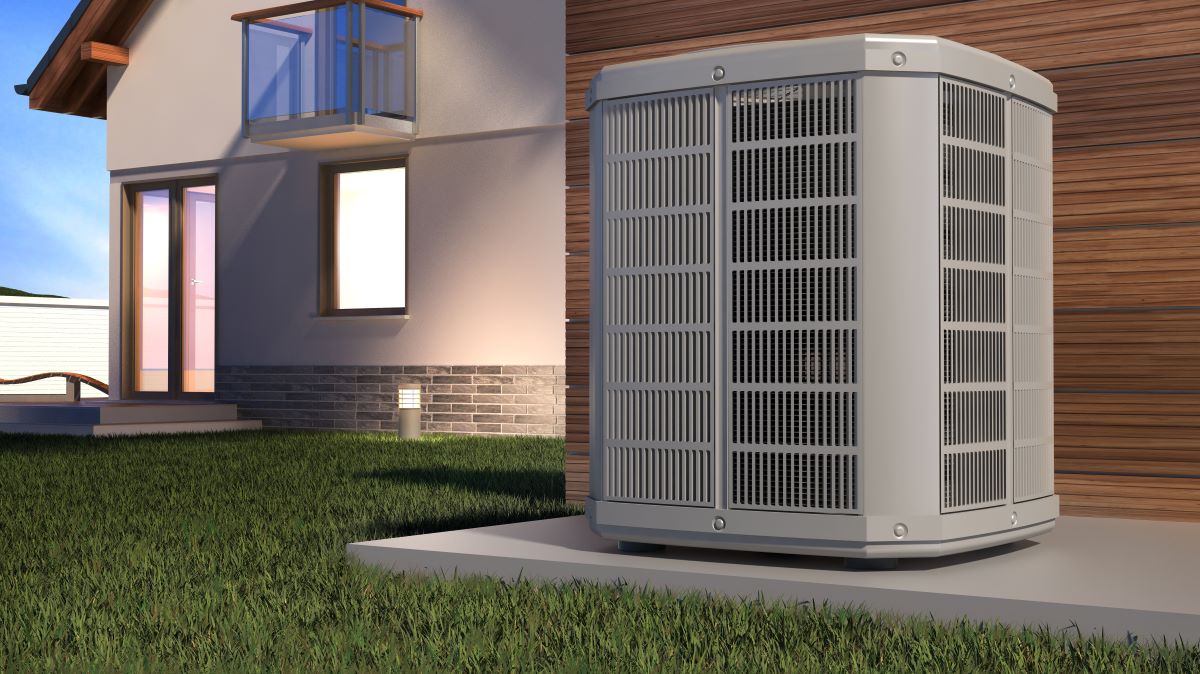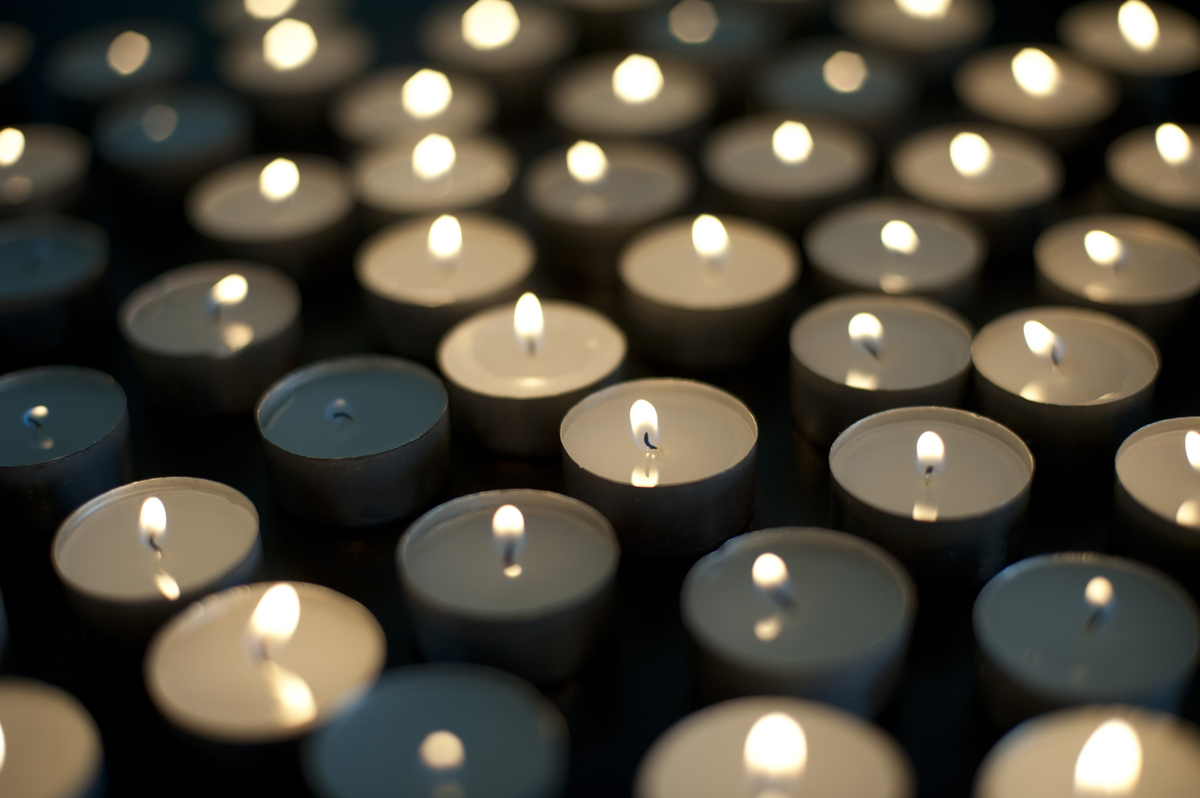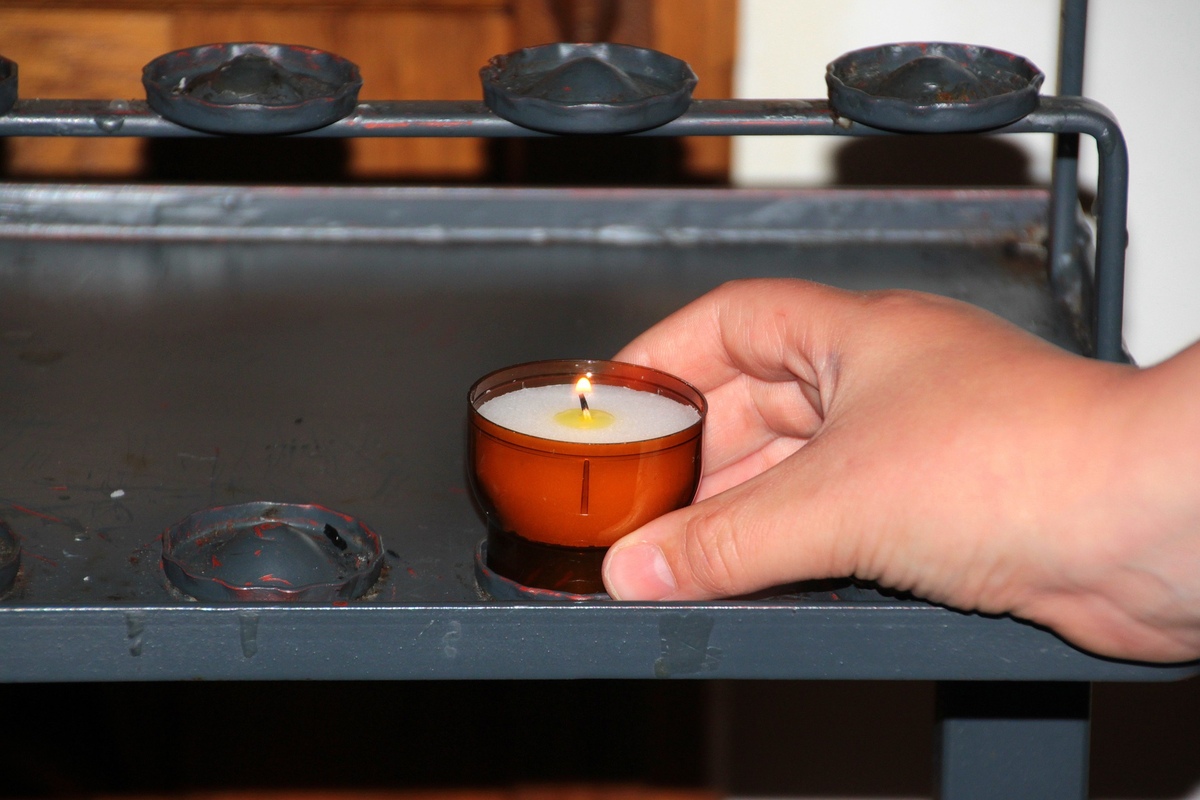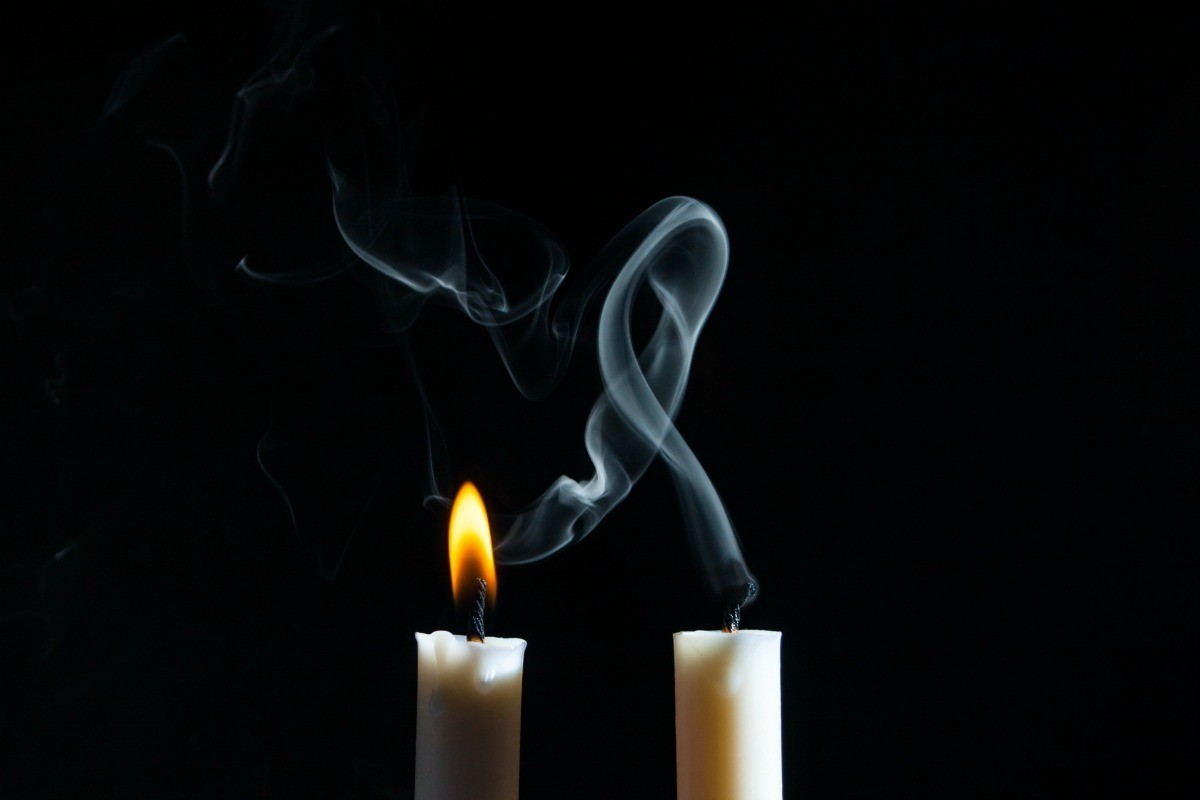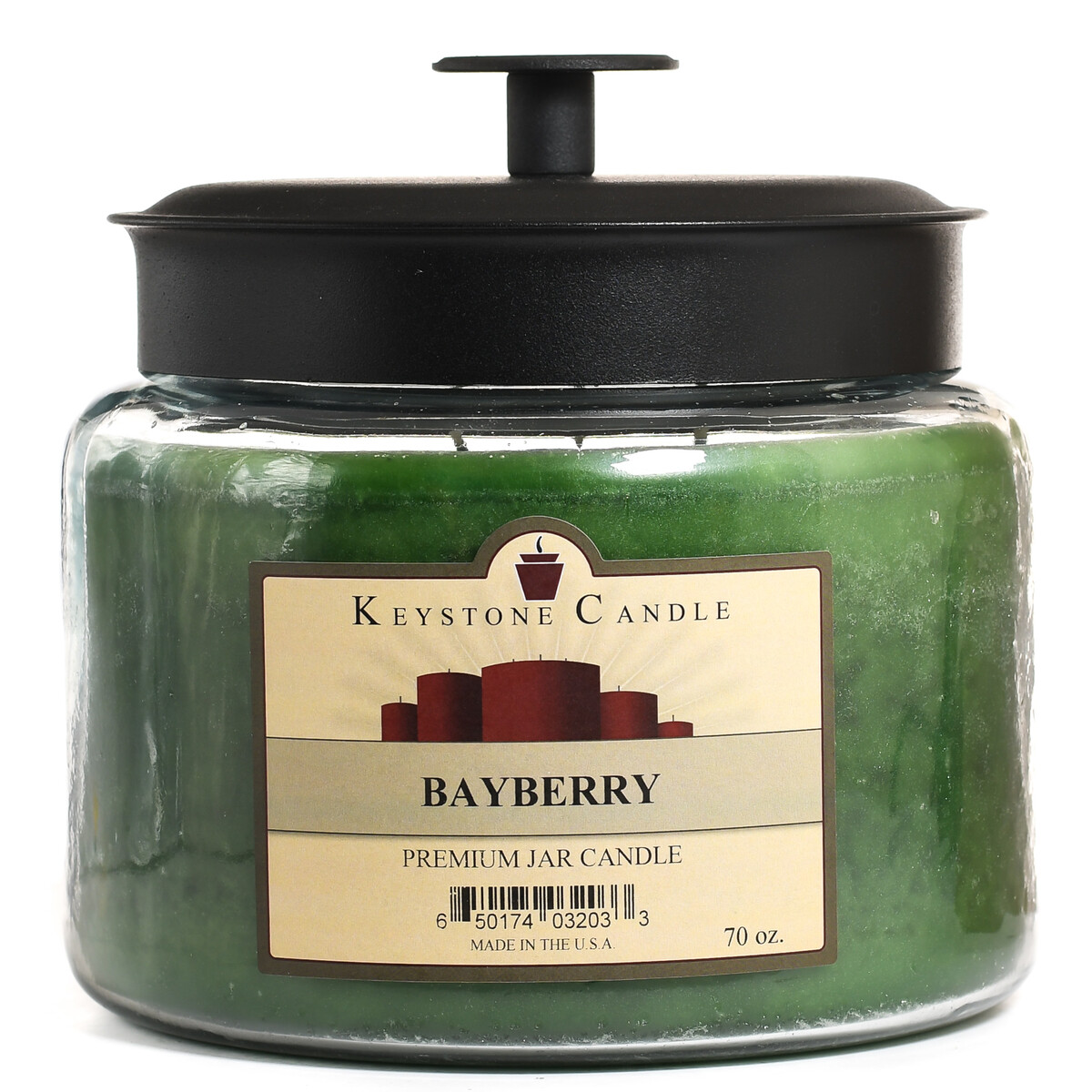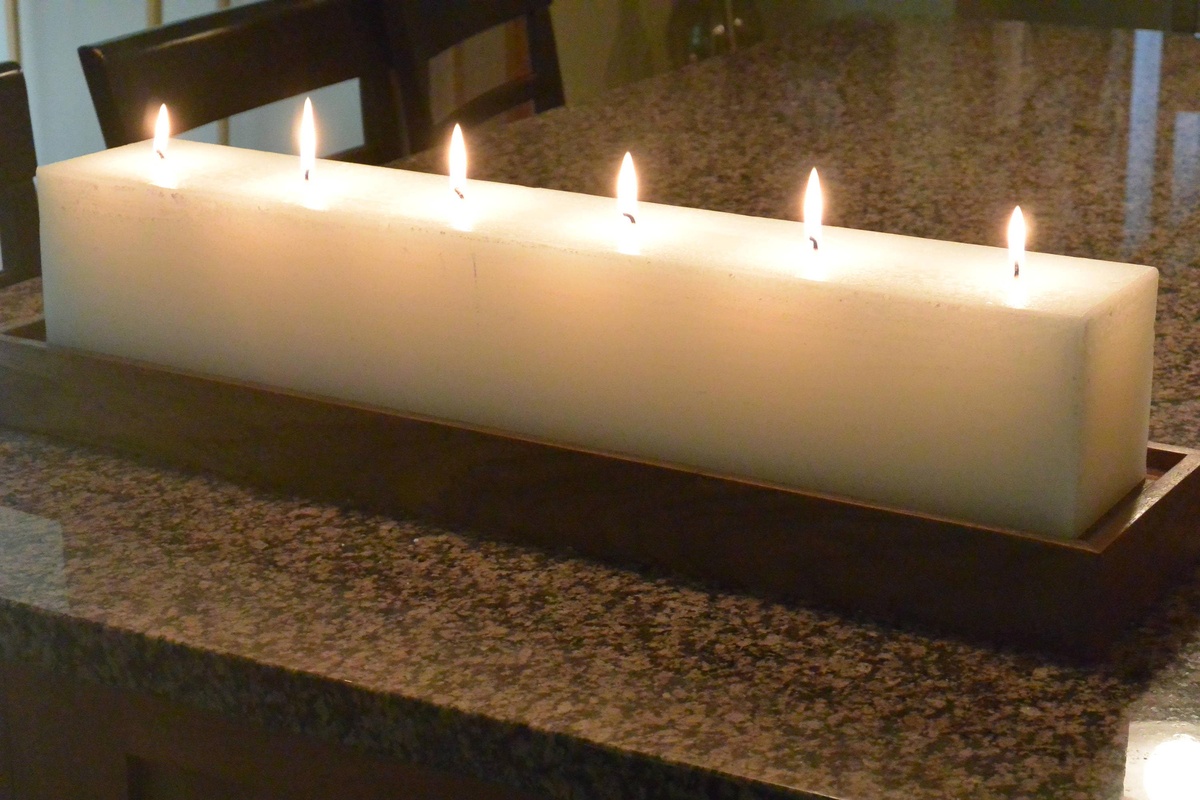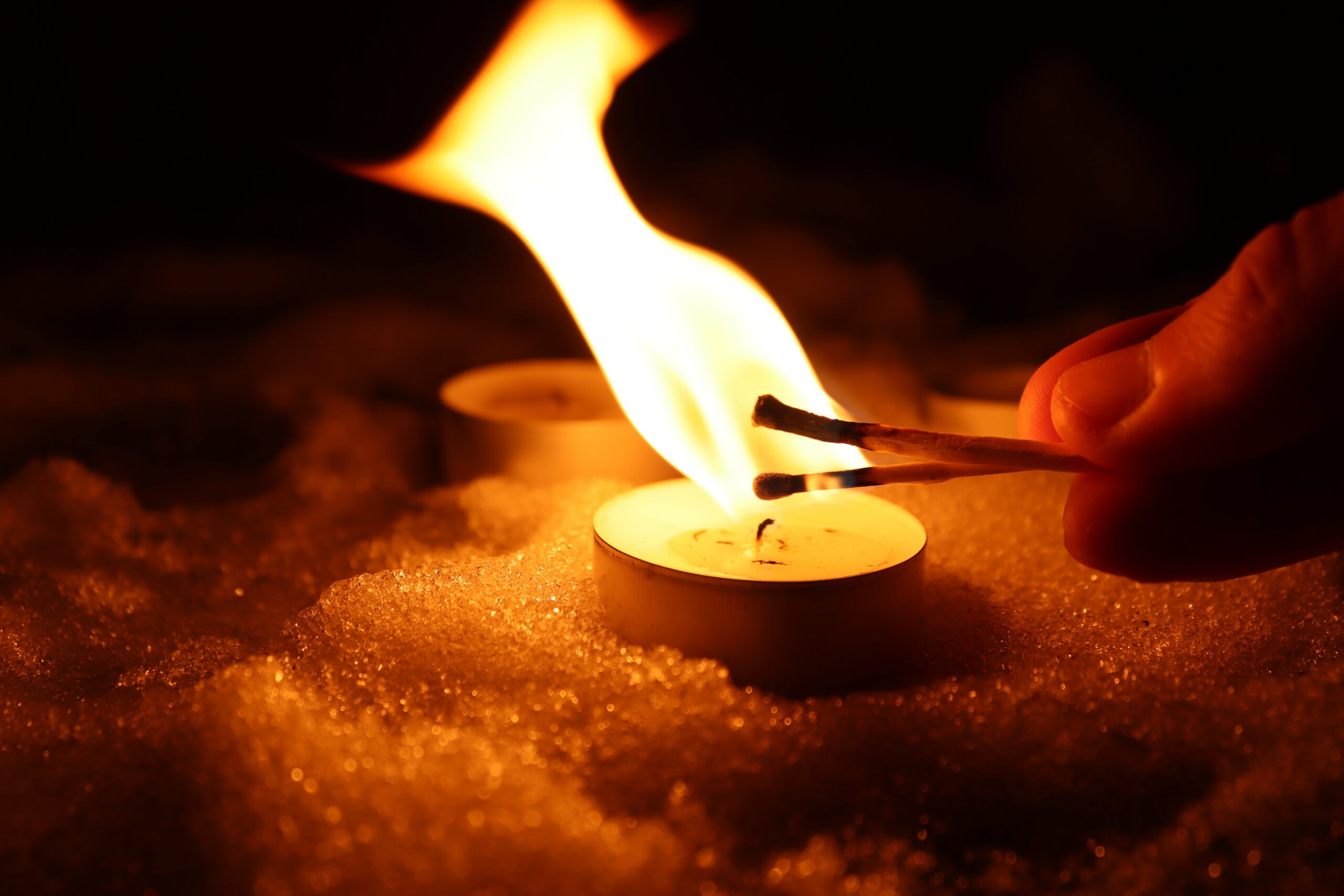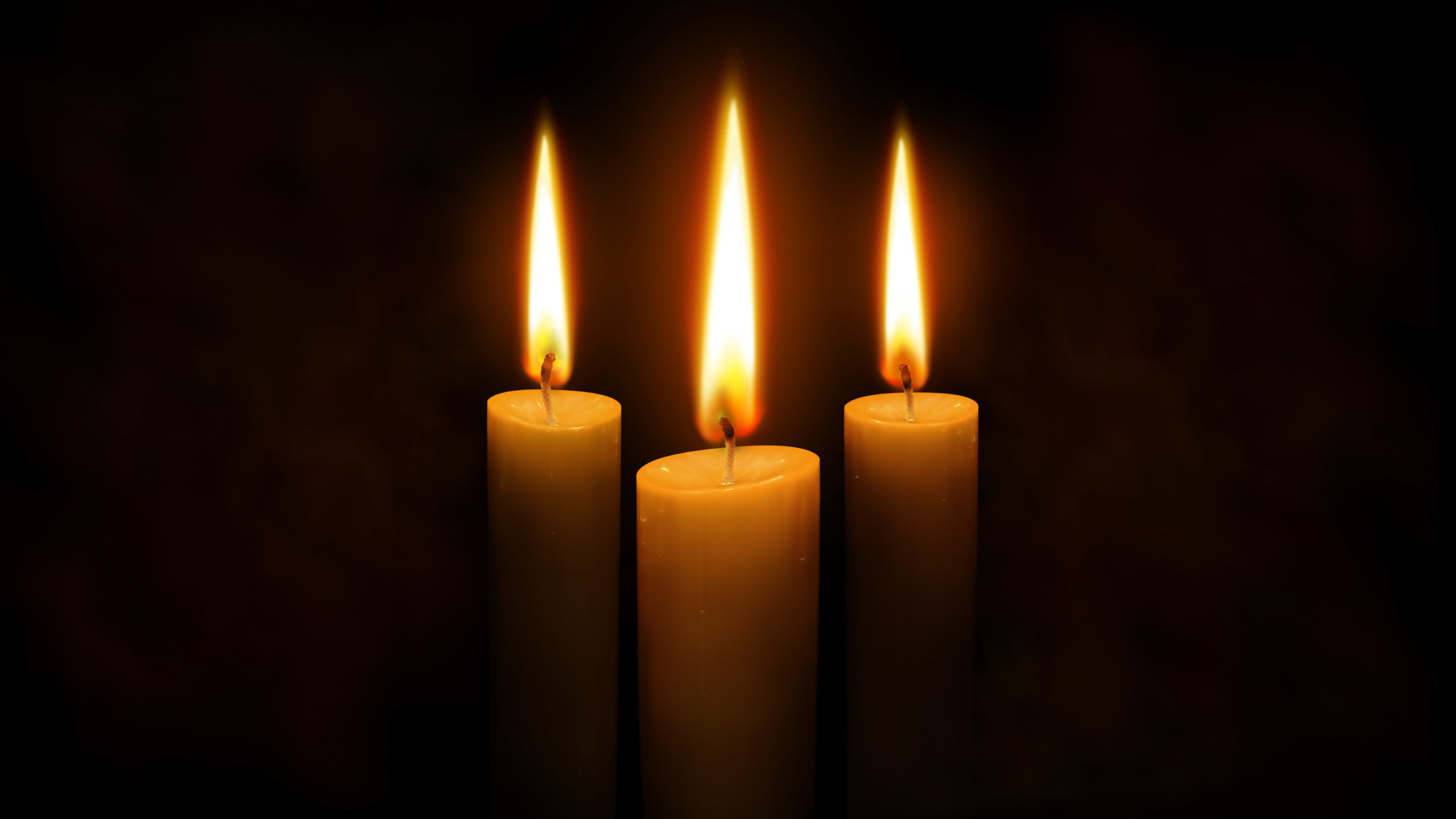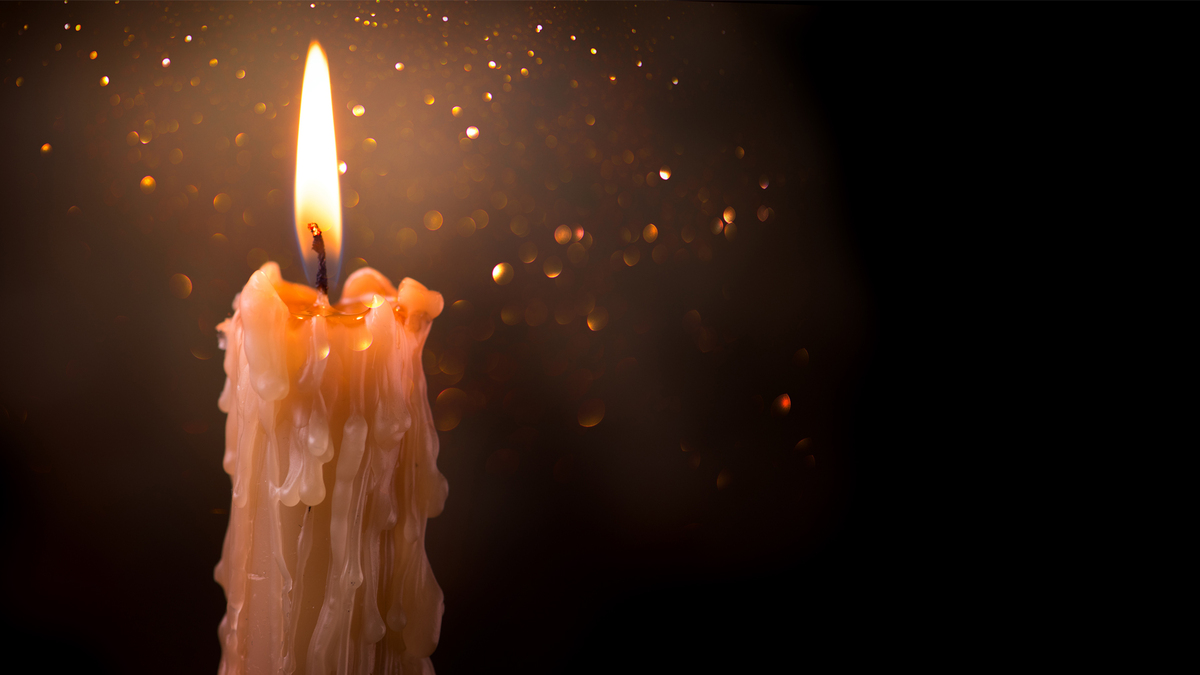

Articles
How Long Should You Let Candles Burn
Modified: April 22, 2024
Discover the ideal burning time for candles and how long you should let them burn in our informative articles. Get expert tips and advice.
(Many of the links in this article redirect to a specific reviewed product. Your purchase of these products through affiliate links helps to generate commission for Storables.com, at no extra cost. Learn more)
Introduction
Candles have been used for centuries to provide warmth, light, and ambiance. Whether you’re burning candles for relaxation, to create a cozy atmosphere, or for religious and spiritual purposes, it’s important to know how long you should let candles burn. Leaving a candle burning for too long can pose safety hazards and affect the lifespan of the candle itself. On the other hand, blowing out a candle too soon can result in wasted wax and a lackluster burning experience.
In this article, we will explore the factors to consider when determining how long to let candles burn. We will discuss the type of candle, the quality of the wax, proper candle placement, and important safety measures. We will also delve into the recommended burn times for different types of candles and the signs that indicate it’s time to extinguish a candle. By understanding these factors, you can optimize your candle-burning experience and ensure both safety and longevity.
So, let’s dive into the world of candles and discover the optimal burn times to make the most of your favorite scented, decorative, or ritualistic candles.
Key Takeaways:
- Proper candle burning times ensure safety, optimal performance, and cost-effectiveness. Following manufacturer’s guidelines and considering wax quality can maximize the longevity and enjoyment of your candles.
- Understanding burn times for different candle types and recognizing signs to extinguish candles enhances safety and prolongs candle lifespan. Enjoy the mesmerizing glow and comforting scents while prioritizing safety.
Read more: How Long Should Shabbat Candles Burn
Factors to Consider
When determining how long to let candles burn, there are several factors to consider. These factors include the type of candle, the quality of the wax, the candle’s placement in your space, and important safety measures. Let’s take a closer look at each of these factors:
- Type of Candle: Different types of candles have different burn times. Taper candles, for example, are typically meant to burn for shorter periods, while jar candles or pillar candles can be burned for longer durations. Be sure to check the manufacturer’s instructions or do some research to determine the recommended burn time for your specific type of candle.
- Wax Quality: The quality of the wax can also affect the burn time of a candle. Candles made from higher-quality wax, such as soy wax or beeswax, often have longer burn times compared to those made from lower-quality wax, like paraffin wax. Investing in candles made from high-quality wax can provide a longer-lasting and more enjoyable burning experience.
- Candle Placement: Where you place your candle can also impact its burn time. Placing a candle in a drafty area or near an open window can cause the flame to flicker and burn unevenly, shortening the overall burn time. It’s important to keep candles away from drafts and in a stable location to ensure a consistent burn.
- Candle Safety Measures: Safety should always be a top priority when burning candles. It’s crucial to follow proper candle safety measures, such as keeping candles away from flammable materials, always using a candle holder, and never leaving a burning candle unattended. These safety precautions may require you to extinguish the candle before it burns out completely.
By taking these factors into account, you can determine an appropriate burn time for your candles and optimize their performance and lifespan. In the next sections, we will explore the recommended burn times for different types of candles and the signs that it’s time to extinguish a candle.
Type of Candle
Understanding the type of candle you’re burning is essential in determining the optimal burn time. Different types of candles are designed to be burned for varying durations. Let’s explore some common types of candles and their recommended burn times:
- Taper Candles: Taper candles are slim and elegant, often used in formal settings or for decorative purposes. They typically have a longer length compared to other candles but are meant to be burned for shorter periods. The recommended burn time for taper candles is usually around 1-2 hours per session. It’s best to trim the wick before each use to ensure an even burn and prevent excessive dripping.
- Jar Candles: Jar candles are popular for their convenience and long burn times. These candles come in various jar sizes and can burn for several hours. The recommended burn time for jar candles is around 3-4 hours per session. It’s important to allow the wax to melt across the entire surface on the first burn to prevent tunneling and ensure an even burn in subsequent uses.
- Pillar Candles: Pillar candles are sturdy and versatile, available in different heights and diameters. They are designed to burn for longer durations, making them ideal for creating ambiance during special occasions or for extended periods of relaxation. The recommended burn time for pillar candles is around 4-6 hours per session. To prevent uneven burning, it’s essential to trim the wick to ¼ inch before each use and allow the wax pool to reach the edges of the candle.
- Tea Lights: Tea lights are small, compact candles often used for accent lighting or in decorative holders. They are intended for short burn times, typically ranging from 2-4 hours per session. It is recommended to burn tea lights until the entire wax pool has melted to ensure an even burn and maximize their lifespan.
These are just a few examples of common candle types, and it’s important to check the specific instructions provided by the candle manufacturer. By understanding the burn times associated with different candle types, you can choose the appropriate candle for your desired burn duration and make the most of your candle-burning experience.
Wax Quality
When it comes to determining the optimal burn time for candles, considering the quality of the wax is crucial. The type and quality of the wax used in a candle can significantly impact its burn time and performance. Let’s explore some common types of wax and their effect on candle burning:
- Paraffin Wax: Paraffin wax is a widely used and affordable wax made from petroleum. Candles made from paraffin wax tend to have shorter burn times compared to other types of wax. They can produce more soot and may emit toxins when burned. If you have a paraffin wax candle, it’s recommended to follow the manufacturer’s instructions for burn time to ensure safety and maximize the lifespan of the candle.
- Soy Wax: Soy wax is a natural and renewable wax made from soybean oil. Candles made from soy wax tend to have longer burn times compared to paraffin wax candles. Soy wax burns more slowly and evenly, allowing the candle to last longer. Additionally, soy wax is known to produce less soot and emit fewer toxins, making it a popular choice among environmentally conscious candle enthusiasts.
- Beeswax: Beeswax is a natural wax produced by bees and is considered one of the highest-quality waxes for candle making. Beeswax candles have a long burn time and emit a natural, subtle honey-like scent. They burn slowly, producing a bright and steady flame. Beeswax candles are also known to release negative ions, which can help purify the air in your space. While beeswax candles may be more expensive, their extended burn time and other benefits make them a worthwhile investment.
When purchasing candles, it’s important to check the label or product description to determine the type of wax used. Investing in candles made from high-quality wax, such as soy wax or beeswax, can provide you with a longer-lasting, cleaner-burning candle. By choosing candles made from superior wax, you can enjoy extended burn times, reduced soot, and a more eco-friendly candle-burning experience.
Candle Placement
The placement of your candles can greatly affect their burn time and overall performance. It’s essential to consider the location and surroundings of your candles to ensure a safe and enjoyable burning experience. Here are some factors to keep in mind when determining the ideal placement for your candles:
- Avoid Drafty Areas: Placing candles in drafty areas can cause the flame to flicker and burn unevenly. This can result in a shortened burn time and an inefficient use of the candle. Avoid placing candles near open windows, air vents, or ceiling fans to ensure a steady burn and maximize the lifespan of your candle.
- Stable Surface: It’s important to place your candles on a stable and heat-resistant surface. Avoid placing candles on flammable materials or near anything that can easily catch fire. A sturdy candle holder or a heat-resistant candle plate can provide a safe and secure base for your candles.
- Consider Room Size: The size of the room can also influence the burn time of your candles. In larger rooms, the fragrance and heat dispersal may be slower, resulting in a longer burn time. If you have a larger room, you may need to burn your candles for a slightly longer period to achieve the desired ambiance and scent distribution.
- Maintain Space Between Candles: If you’re burning multiple candles, make sure to leave enough space between each one. Placing candles too close together can cause the flames to merge or create uneven burn patterns. Keeping a recommended distance between candles will help maintain their individual burn times and ensure a consistent experience.
Taking these placement factors into consideration will not only optimize the burn time of your candles but also promote safe and efficient candle usage. By providing a stable and draft-free environment, you can maximize the lifespan of your candles and enjoy their enchanting glow for longer periods.
Read more: How Long Do Candles Burn
Candle Safety Measures
While enjoying the warm glow and soothing atmosphere of burning candles, it’s essential to prioritize safety. Following proper candle safety measures will not only protect your home and loved ones but also ensure that you can enjoy your candles without any accidents or hazards. Here are some important safety measures to keep in mind:
- Never Leave Unattended: One of the most important rules of candle safety is to never leave a burning candle unattended. Even a momentary distraction can lead to a potential fire hazard. Make sure to extinguish the candle before leaving the room or going to sleep. If you must leave the candle burning, ensure there are no flammable materials nearby and keep it out of reach of children and pets.
- Use Candle Holders: Always place your candles in sturdy candle holders or containers made specifically for candles. This helps to prevent the candle from tipping over and causing a fire. Make sure the candle holder is heat-resistant and placed on a stable surface away from flammable items.
- Avoid Flammable Materials: Keep candles away from curtains, fabrics, paper, and other flammable materials. Ensure there is sufficient space surrounding the candles to prevent accidental contact with anything that may catch fire. This is especially important if you have long or decorative candles that may have a wider flame spread.
- Trim the Wick: Before lighting a candle, always trim the wick to approximately ¼ inch. This helps to prevent excessive smoking, erratic flames, and dripping of wax. Trimming the wick also promotes an even burn and prolongs the life of the candle. Use a proper wick trimmer or sharp scissors to trim the wick.
- Keep Away from Children and Pets: Candles should be kept out of reach of children and pets. Curious little hands or wagging tails can accidentally knock over a candle, causing injury or a fire. Consider using candles in high places, such as shelves or mantles, where they are out of reach of children and pets.
By following these safety measures, you can enjoy your candles with peace of mind. Remember that safety should always be a priority when burning candles, and any concerns or potential risks should be addressed promptly. Practicing proper candle safety ensures a worry-free and pleasant candle-burning experience.
To ensure an even burn and prevent tunneling, let candles burn for 1 hour for every inch in diameter. For example, a 3-inch wide candle should burn for at least 3 hours.
Duration of Candle Burning
The duration of candle burning refers to the total time a candle is lit until it is extinguished. It is essential to understand the appropriate duration of burning for candles to ensure safety and maintain the quality of the candle. While there is no fixed duration that applies to all candles, several factors can influence how long a candle can burn. Let’s explore these factors:
- Candle Type: Different types of candles have varying burn times. As mentioned earlier, taper candles are typically burned for shorter periods, while jar candles and pillar candles can burn for longer durations. The recommended burn time for each type of candle is usually outlined by the manufacturer.
- Candle Size: The size of the candle can also impact the burning duration. Larger candles tend to have longer burn times, while smaller candles may burn out more quickly. Consider the size of the candle when determining how long to let it burn.
- Wax Quality: The quality of the wax used in the candle can affect its burning duration. Candles made from high-quality wax, such as soy wax or beeswax, tend to have longer burn times compared to candles made from lower-quality wax, like paraffin wax. Investing in candles made from superior wax can provide you with a longer-lasting burn experience.
- Candle Care: Proper candle care, including trimming the wick and following safety measures, can also impact the burn time. Keeping the wick trimmed to the recommended length and following the manufacturer’s instructions for use can help ensure a controlled and prolonged burn time.
- Ambient Conditions: Ambient conditions, such as temperature and airflow, can affect how long a candle burns. Candles may burn faster in warmer environments or when exposed to drafts. It’s important to keep candles away from drafts and regulate the ambient conditions to extend their burn time.
- Continual vs. Intermittent Burning: How a candle is burned can also influence its duration. Burning a candle continuously for an extended period may result in a shorter burn time compared to burning it intermittently. Some candles are designed for short bursts of burning, while others can be burned for longer durations.
It’s important to note that most candles have a recommended maximum burn time. Exceeding this recommended duration can be unsafe and may cause the candle to overheat or become unstable. Always refer to the manufacturer’s instructions or guidelines when determining the appropriate duration of burning for your specific candle.
By considering these factors and following the recommended guidelines, you can enjoy the lasting beauty and ambiance of your candles while ensuring both safety and optimal burn times.
Recommended Burn Times for Different Candles
While the recommended burn times for candles can vary depending on factors such as candle type, size, and wax quality, here are some general guidelines to help you determine the ideal burn times for different types of candles:
- Taper Candles: Taper candles are typically burned for shorter periods, usually around 1 to 2 hours per session. It is best to trim the wick before each use to ensure an even burn and prevent excessive dripping.
- Jar Candles: Jar candles are known for their extended burn times. The recommended burn time for jar candles is usually around 3 to 4 hours per session. It is essential to allow the wax to melt across the entire surface on the first burn to prevent tunneling and ensure an even burn in subsequent uses.
- Pillar Candles: Pillar candles are designed for longer burn times, making them ideal for creating a cozy ambiance. The recommended burn time for pillar candles ranges from 4 to 6 hours per session. Trimming the wick to 1/4 inch before each use and allowing the wax to pool to the edges of the candle can help promote an even and efficient burn.
- Tea Lights: Tea lights, with their small size, are generally burned for shorter durations. The recommended burn time for tea lights is typically around 2 to 4 hours per session. It is important to allow the entire wax pool to melt to ensure a consistent burn and maximize their lifespan.
- Container Candles: Container candles, such as those in glass jars or ceramic containers, can have varying burn times. The recommended burn time for container candles is usually provided by the manufacturer and can range from 3 to 6 hours per session. It is essential to follow the manufacturer’s instructions for optimal burn times and safety guidelines.
These recommended burn times are just general guidelines, and it’s crucial to refer to the specific instructions provided by the candle manufacturer. Factors such as candle size, wax composition, and fragrance concentration can also influence burn times. Remember to always prioritize safety and never leave a burning candle unattended.
By following these recommendations and considering the type of candle you are burning, you can maximize the burn time of your candles, ensure efficient usage, and create a delightful and long-lasting candle-burning experience.
Signs it’s Time to Extinguish the Candle
Knowing when to extinguish a candle is essential to ensure safety and prevent any potential hazards. Here are some signs to look out for that indicate it’s time to extinguish your candle:
- Low Wax Level: When the wax in your candle has burned down to a low level, it’s a good indication that it’s time to extinguish the flame. Burning a candle with very little wax remaining can lead to the heat reaching the bottom of the container and potentially causing damage or breakage.
- Excessive Soot: If you notice a significant amount of soot or black smoke coming from the candle flame, it’s time to extinguish it. Excessive soot can indicate that the wick is too long or the candle is not burning properly. Trimming the wick and allowing the candle to cool before relighting may help prevent further sooting.
- Unstable Flame: If the flame of your candle becomes large, flickering, or starts to create sparks, it’s a sign that the candle should be extinguished. An unstable flame can be dangerous and may indicate that the candle is not burning correctly or that there is a draft in the area. Extinguish the candle and trim the wick before relighting if necessary.
- Overheating Container: If the container holding your candle becomes excessively hot to the touch, it’s time to extinguish the flame. Overheating can lead to the container cracking or breaking, posing a risk of fire or injury. Allow the container to cool completely before relighting the candle or replacing it with a new one.
- Nearby Flammable Objects: Extinguish the candle if there are any flammable objects or materials in close proximity to the flame. This could include curtains, paper, fabrics, or other items that can easily catch fire. It’s crucial to maintain a safe distance between the candle and any potential sources of ignition to prevent accidents or a fire.
Remember, safety always comes first when it comes to candle burning. If you have any doubts or concerns about the condition of your candle, it’s best to err on the side of caution and extinguish the flame.
By paying attention to these signs and taking appropriate action, you can ensure a safe and enjoyable candle-burning experience while preserving the longevity and quality of your candles.
Read more: How Long Should You Let Chia Seeds Soak
Benefits of Proper Candle Burning Times
Following the proper burning times for candles not only ensures safety but also offers several benefits. Let’s explore some of the advantages of maintaining appropriate candle burning times:
- Enhanced Safety: Burning candles for the recommended duration reduces the risk of accidents and fire hazards. Extinguishing candles at the appropriate time prevents overheating, reduces the chances of the container cracking or breaking, and minimizes the possibility of flammable materials catching fire. Prioritizing safety ensures a worry-free candle-burning experience.
- Optimal Performance: Candles are designed to achieve the best performance when burned for the recommended duration. By following the specified burn times, you can ensure that the wax melts evenly, the fragrance is distributed properly, and the flame remains stable. This results in a more efficient and satisfying burning experience.
- Longevity of the Candle: Burning candles for the appropriate duration can extend their lifespan. Overburning a candle can reduce its overall burn time and waste wax. By following the recommended burn times and practicing proper candle care, you can maximize the longevity of your candles and enjoy them for an extended period.
- Improved Fragrance Throw: Proper burn times allow the fragrance oils in scented candles to evaporate and disperse effectively. When a candle is burned for the recommended duration, the fragrance throw is optimized, filling the room with a pleasant aroma. This creates a more inviting and enjoyable atmosphere for relaxation, meditation, or any other purpose for which you burn the candle.
- Cost-effective: Burning candles for the appropriate duration ensures that you get the most out of each candle. By avoiding overburning or extinguishing the candle before it has had enough time to melt the wax pool, you can make the candle last longer, reducing the frequency with which you need to repurchase candles. This can result in cost savings in the long run.
By adhering to the recommended burn times for your candles, you can benefit from increased safety, optimal performance, longer-lasting candles, enhanced fragrance, and cost savings. It’s important to read the manufacturer’s guidelines and consider the factors that may influence burn times to properly enjoy and maximize the value of your candles.
Remember, proper candle burning times contribute to an enhanced candle-burning experience, allowing you to fully indulge in the mesmerizing glow, comforting scents, and cozy ambiance that candles provide.
Conclusion
Knowing how long to let candles burn is crucial for both safety and enjoyment. By considering factors such as the type of candle, wax quality, candle placement, and adhering to recommended burn times, you can optimize your candle-burning experience while ensuring a safe environment.
Different types of candles have varying burn times, and it’s important to follow the manufacturer’s instructions or guidelines for each specific candle. Taper candles are typically burned for shorter periods, while jar candles, pillar candles, and tea lights can be burned for longer durations. Understanding the recommended burn times for your candles will help you achieve optimal performance and maximize their lifespan.
The quality of the wax also plays a role in burn times, with higher-quality waxes like soy or beeswax offering longer burn times compared to paraffin wax. Considering the placement of your candles is essential to ensure a draft-free and stable environment. Following candle safety measures, such as never leaving a burning candle unattended and using proper candle holders, further enhances your candle-burning experience.
Extinguishing a candle at the appropriate time is crucial to prevent accidents and maintain the quality of the candle. Signs such as low wax level, excessive soot, an unstable flame, overheating of the container, or the presence of flammable objects nearby indicate that it’s time to extinguish the candle. By paying attention to these signs, you can ensure your safety and prolong the life of your candles.
Proper candle burning times offer a range of benefits, including enhanced safety, optimal performance, longevity of the candle, improved fragrance throw, and cost-effectiveness. Following the recommended burn times allows you to enjoy the full potential of your candles and create a delightful atmosphere for relaxation, meditation, or any other occasion.
So, whether you’re looking to create a cozy ambiance, enjoy the soothing glow of candlelight, or infuse your space with beautiful scents, understanding how long to let candles burn is key. By combining knowledge, safety measures, and a mindful approach, you can experience the magic and enchantment that candles bring into your life.
Frequently Asked Questions about How Long Should You Let Candles Burn
Was this page helpful?
At Storables.com, we guarantee accurate and reliable information. Our content, validated by Expert Board Contributors, is crafted following stringent Editorial Policies. We're committed to providing you with well-researched, expert-backed insights for all your informational needs.
